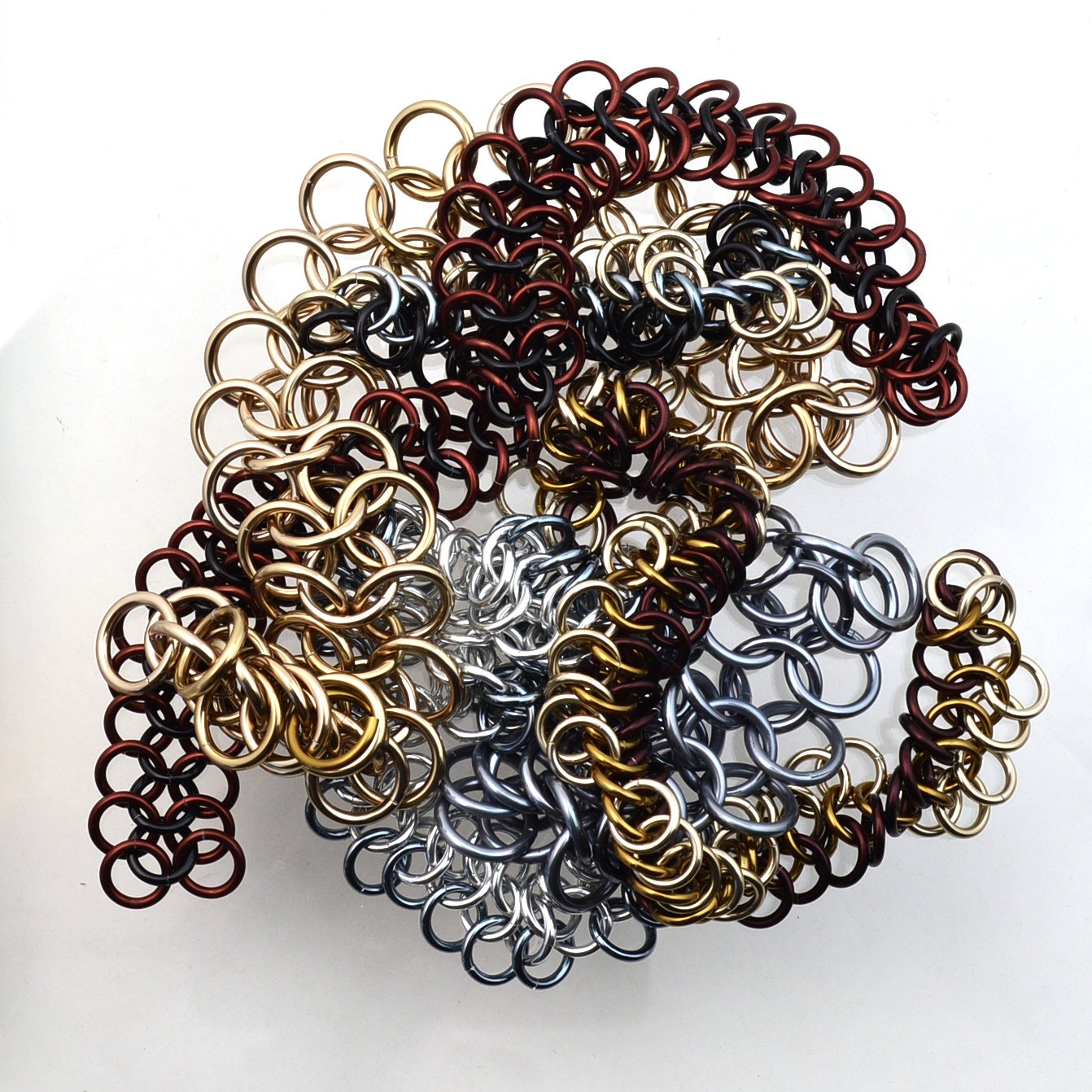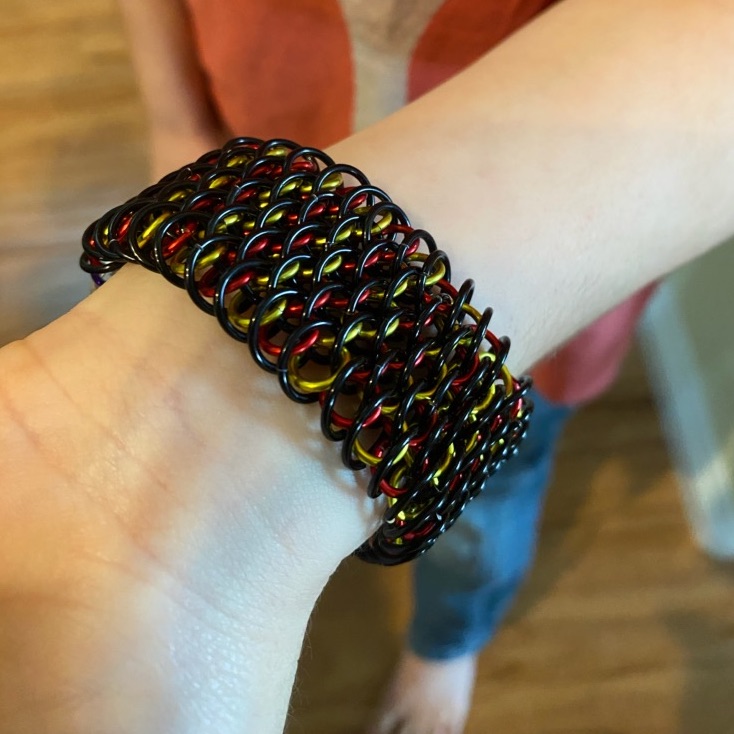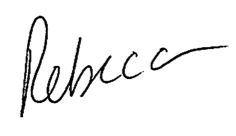The Culture of Guilt Around Sick Days … Is, Well, Sick

Artisan shout-out: The awesome striped black artwork behind me is made from bike tubes! It’s by Beatrice Holiday and is one of two pieces I purchased from her at a show out here in LA. I don’t think she sells artwork on her website, but you can check out her lovely jewelry online. My sweetie bought a couple of cuffs from her! Sadly, I can’t remember where I purchased the mug. 😞 I’m usually so good at remembering all my artisan purchases, but this one escapes me at the moment. If you recognize this, or think you do, please let me know!
Whelp. I caught my first cold in at least 3 years. (There are many things I miss about Chicago, but all the buses and trains full of coughing, runny-nosed people is NOT one of them. Ha.)
I had all these grand plans for this week, and instead, I’m forcing myself to slow down. I’m reading some business books, napping, drinking lots of ginger-lemon-honey tea and slowly walking a couple miles a day instead of hitting the gym hard. I did ship orders (note that I sanitized my hands and put on nitrile gloves while packing the orders, so hopefully I’ll keep my germs to myself!)
I’ll be honest, though, it was hard for me to not follow through on my previous commitment to work on my chainmaille necklace on Monday! I mean, I just introduced a challenge and was so excited about it. I felt I needed to step up and be a role model for y’all. I committed to doing something, so, I should do it!
Best laid plans, right? I have a general rule of not weaving while I’ve got a cold/flu, etc. Scientifically speaking, I know the cold virus won’t last more than a couple days on a metal surface. But I just don’t like the idea of infusing my pieces with my “sick energy.” I’d much rather weave when I’m in a joyful, optimistic state, and not suffering from a contagious virus.
So, self-care came first and my current projects are on hold until after this weekend. Thanks for bearing with me.
Having not had a cold in so long, I’d almost forgotten that we live in a culture where “calling in sick” often makes us feel guilty. Even if we’re our own boss! I really wish that weren’t the case. When I was a boss, I sometimes worked ridiculous hours and wasn’t the best model of self-care. I tried to be supportive of the team when they needed time off, but I’m guessing many of them felt guilty or bad for calling in, and I know I didn’t always succeed the way I wanted in leading by example. When I have employees again, I plan to do a much better job at this. Because all humans should be able to rest and recover without feeling guilty or terrified of losing income. Right? I’m not really sure what I can do to impact this on a larger scale, but in the meantime, hopefully “yet another blog post about self-care” might make a difference and help at least one person give themselves permission to truly take care of themselves when they need to.





